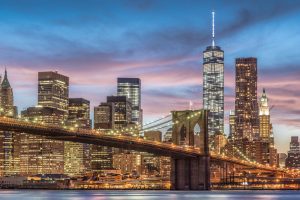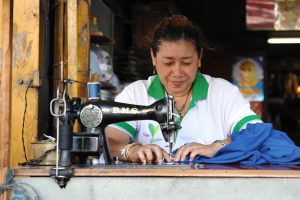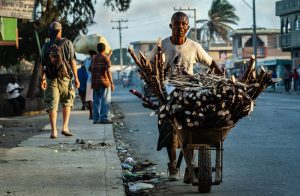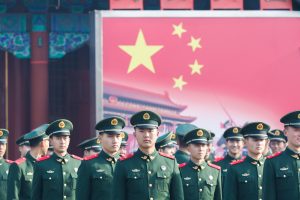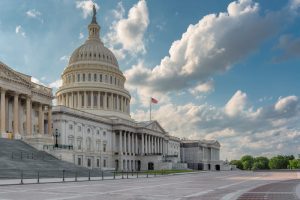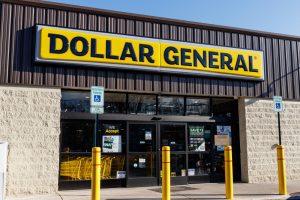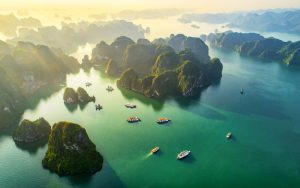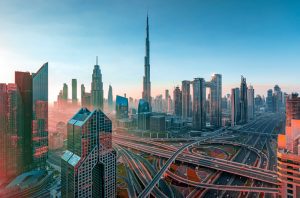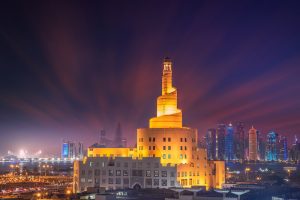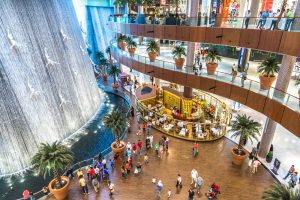Asia is home to some of the richest megacities, with Chinese and Japanese cities ranking among the richest cities in the world.
These cities are also home to many individuals whose net worth features three commas.
To answer this question, you need to look at it in terms of Gross Domestic Product (GDP) and resident dollar billionaires.
Tokyo was the richest city in the whole Asia Pacific region, raking in a GDP of 2.6 trillion USD. Bangkok came second, posting a GDP of 558.5 USD in the same year.
However, China’s Beijing is the richest city in Asia in 2022 in terms of dollar billionaires who live there.
Beijing is home to 83 billionaires, a decline from 100 who lived there in 2021. They all have a combined wealth of $310 billion, which is a $174.3 billion decline in 2021.
Zhang Yiming, the richest resident, is worth $50 billion.
Table of Contents
Tokyo’s Economy

With Tokyo topping the list of the richest cities in Asia, you must be curious where all that GDP comes from.
Industries
Tokyo is the leading industrial center in Japan, characterized by a versatile manufacturing base. Surprisingly the city is more bent on the light industry, as evidenced by the manufacture of electronic equipment and thriving book printing industry.
Tokyo Is Also a Finance and Management Center
Big companies with production sites and branches in other country regions also ensure they have at least one office in the country’s capital, especially in Marunouchi, where most of them are located.
Most significant, perhaps, is the close ties between businesses and the government that makes Tokyo’s location advantageous for business.
To the north of Marunouchi is Otemachi is located towards Marunouchi’s north and is home to many leading insurance companies and financial institutions.
NTT, Japan’s communication giant, is also headquartered here. But don’t forget that Tokyo also hosts Tokyo Stock Exchange in the Kabutocho area.
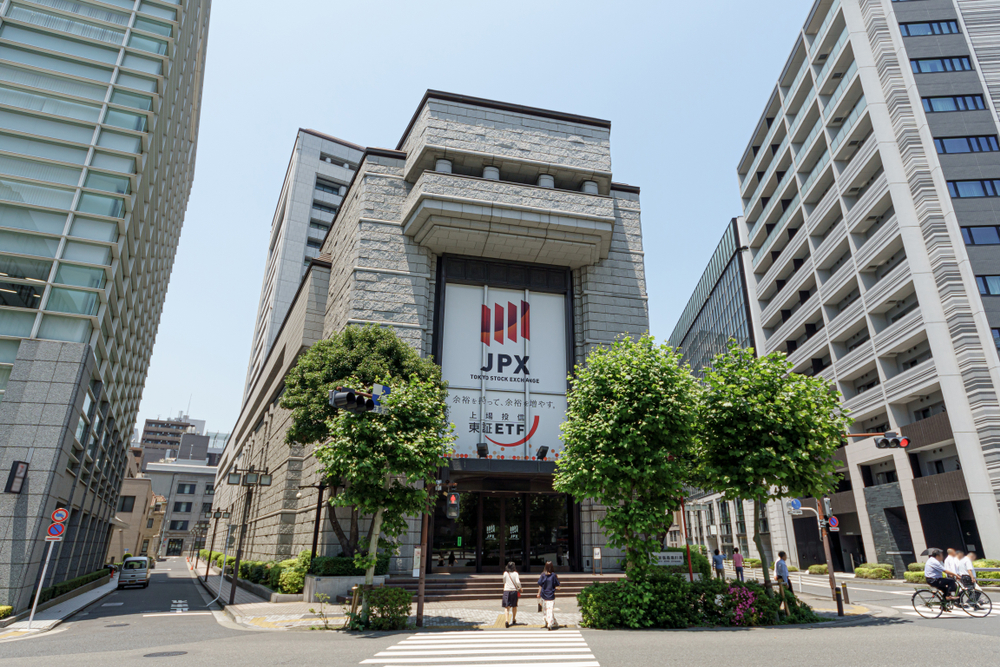
The city especially had a good time during the economic boom that swept throughout Japan in the 80s when the country became the topmost financial center in the world, ahead of the United States and Europe.
The good economic ties favored Tokyo and fueled speculations which saw the value of the yen and real estate in the country’s capital skyrocket.
While the economy declined in the 90s, Tokyo’s real estate adamantly remained the most expensive in the country and was among the most expensive globally.
In the second half of the same decade, the national economy affected Tokyo’s economy negatively this time.
Japan began recovering from its longest and toughest recession since 1945. Since then, Tokyo’s economy has been growing strongly.
How the Tokyo City Is a Huge Provider for the Japanese Economy
Here is the contribution of Tokyo to the Japanese economy:
Tokyo Is Japan’s Major Cultural Center
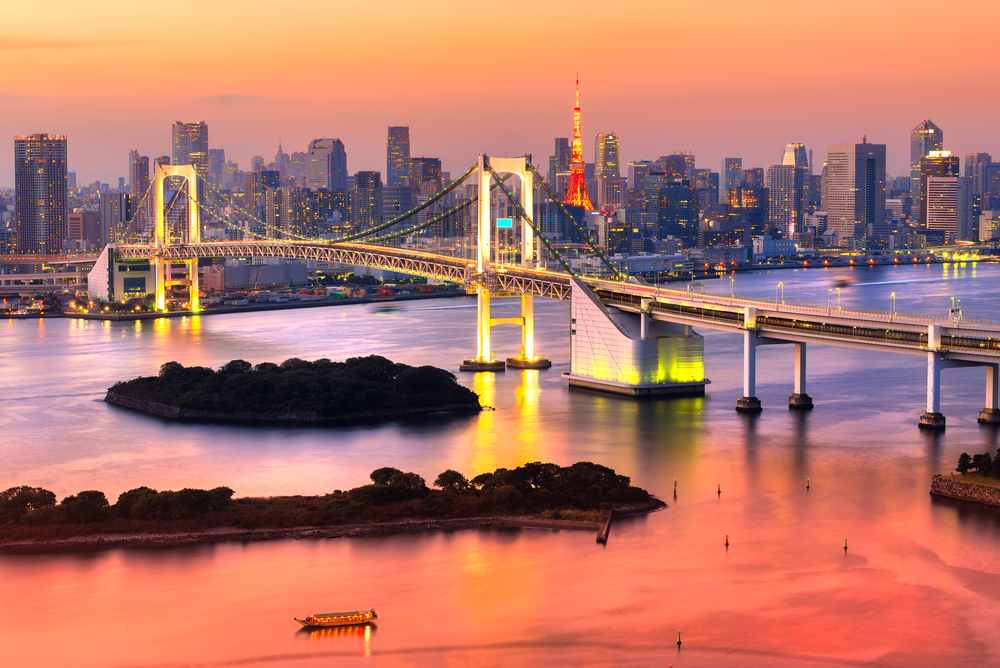
The Japanese have a long history spanning thousands of years, evidenced by Tokyo’s culture.
The city is a rich blend of ancient and modern Asian and Japanese cultures. For example, you will see several temples and shrines next to modern skyscrapers or youths in the trendiest fashion intermingling with traditionally clad monks.
Tokyo National Museum, located in Ueno Park, showcases the history and art of the Asian people.
The park also hosts two prominent art museums, a science museum, and a zoological garden.
Additionally, science and art museums are almost everywhere in the city, including the Imperial Palace area.
Theaters abound where the artists perform anything from the modern drama to the traditional Kabuki.
Other regularly showcased works of art include operas, symphonic works, and contemporary western music and dance.
The rich history and culture contribute towards more economic growth of the metropolitan area.
The Seat of Government
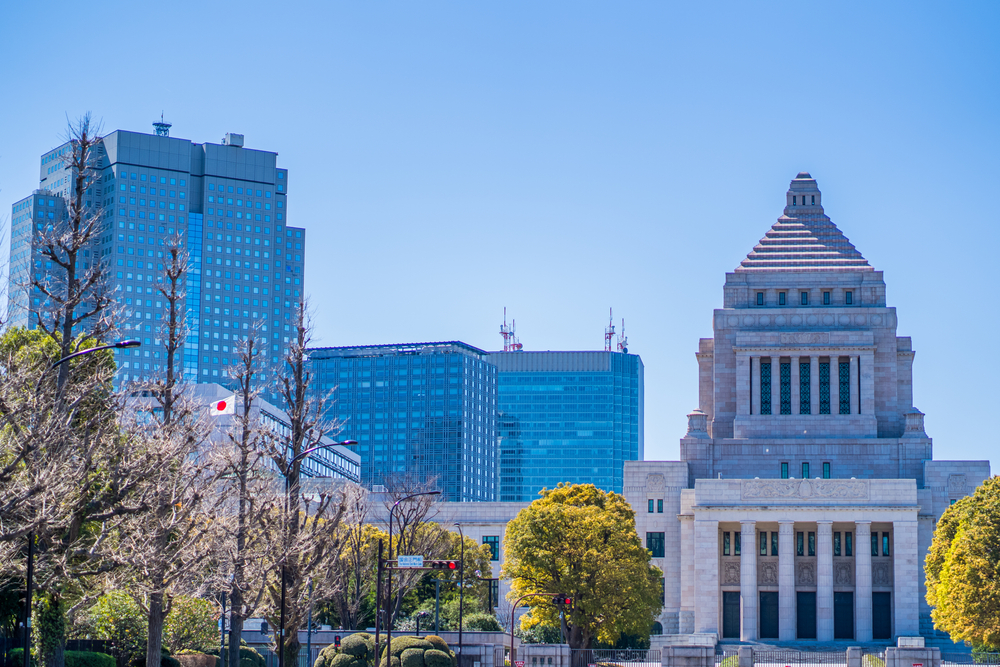
Tokyo is Japan’s capital city, and for years had been the government seat of the Japanese empire.
It was much smaller then and only started expanding in 1932 when the war became too costly, and the prefectural boundaries were merged with the municipal to cut costs.
The prefecture was split into wards, but the county system that existed in the west persisted.
The name “city” when referring to Tokyo seems a sort of a technical misnomer because a prefecture and a city were combined to create a metropolitan prefecture.
In 1943, Tokyo comprised a metropolitan prefecture composed of seven towns, 26 cities, 23 wards, and eight villages, hence Tokyo Metropolis.
Today, it is more of a county made of incorporated cities run by mayors.
Tokyo Metropolitan Assembly is the Legislative authority that runs the city and is composed of 127 members elected every four years.
The principal elected official oversees several functions, including the fire department, administrative commissions, and public work departments.
Each ward has a council head who presides over certain local matters.
Education Center
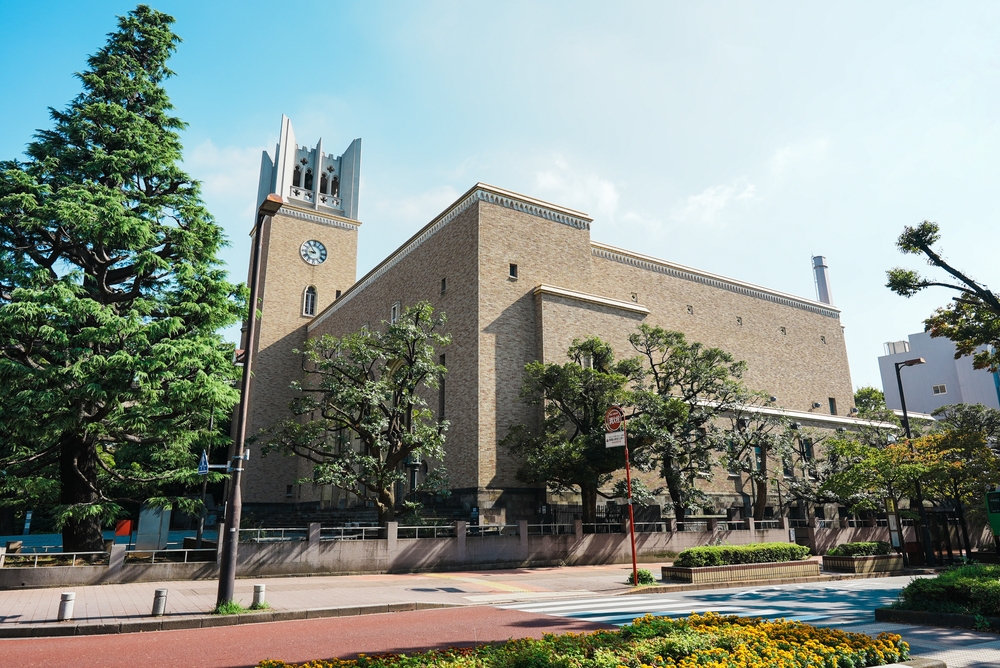
Tokyo is an educational center boasting several secondary schools and higher education institutions.
The city has been using a national education system similar to the rest of the country since the Meiji era when elementary schooling became compulsory for all children from the age of eight.
The system was revised after the second world war and has excelled in producing some of the world’s most educated and literate populations.
Interestingly, almost every student attends a public school despite private schools existing.
The main goal of elementary and secondary education in Tokyo is for the learners to earn a slot in the country’s most competitive universities.
Approximately two million applicants sit for the tough entrance examinations between January and March, but only a certain percentage make it.
Tokyo has some of the highest concentrations of schools globally, with over a hundred colleges and universities – a quarter of the country’s total institutions of higher learning.
Tokyo University is the most prestigious, followed by other top-ranking universities such as Waseda University, Keio-Gijuku University, Tokyo Women’s College, and Rikkyo University.
Health Care
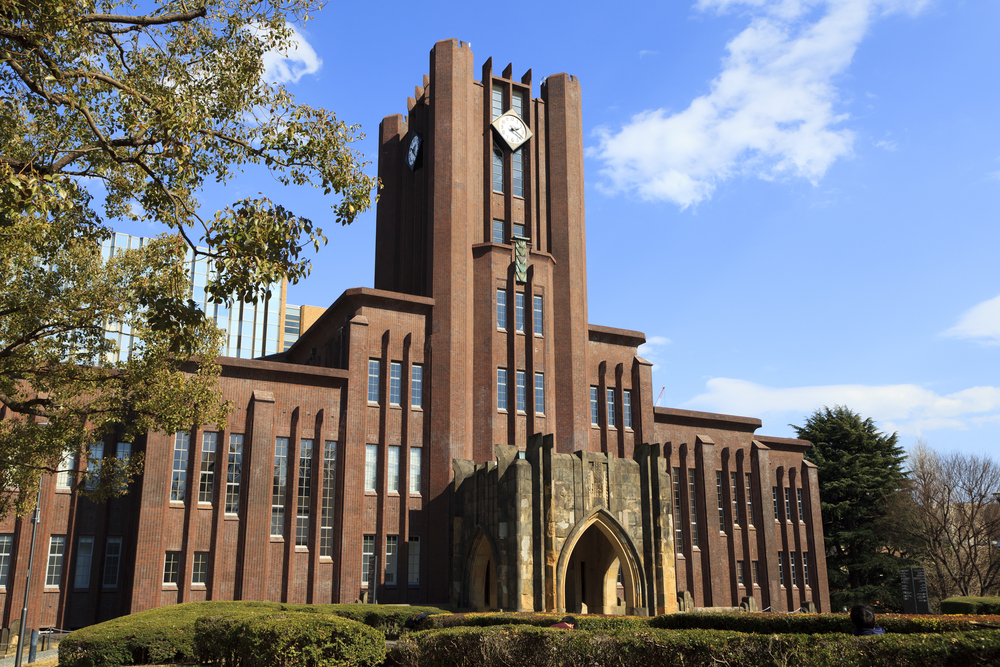
Tokyo is a prominent health center in Japan, with healthcare services similar to what you’d find in other first-world countries.
You will find many hospitals, some private, while others are associated with religious groups and universities.
The most famous ones include St. Luke’s International Hospitals, Kosei General, Tokyo Adventist, University of Tokyo, and Showa University.
The city has no independent healthcare system and relies on public health availed to every citizen by the national government, also known as National Health Insurance.
The public insurance covers 70% of the total costs while the policyholder pays the remaining 30%.
Some hospitals, medical practitioners, and dental establishments accept the system, while others don’t.
However, the government healthcare program doesn’t cover luxurious cosmetic procedures like gold fillings, although it does allow some expensive procedures.
Those who don’t trust the next free healthcare program are free to seek treatment in the private sector.
Employers heavily dominate the private medical insurance sector because your boss or the labor union pays for it.

Generally, drinking water and meals are prepared under hygienic conditions and are therefore safe for consumption.
The only persistent problems are noise and air pollution. The levels might seem high, but Tokyo has made major improvements and reforms to eradicate pollution.
There was a time things were so bad that children fainted in playgrounds and traffic cops carried oxygen cylinders to work.
Media Center
Being the country’s capital, Tokyo is also the nerve of most media communications, including television, radio, and newspaper centers.
Several radio stations and television programs are hosted here. You would expect most of them to broadcast in Japanese since this is Japan, but you might be surprised to find that English is predominant.
TV broadcasts are engineered for bilingual use whenever possible.
Nippon Hoso Kyokai (NHK) and the Japanese broadcasting corporations are the most famous state-run television networks.
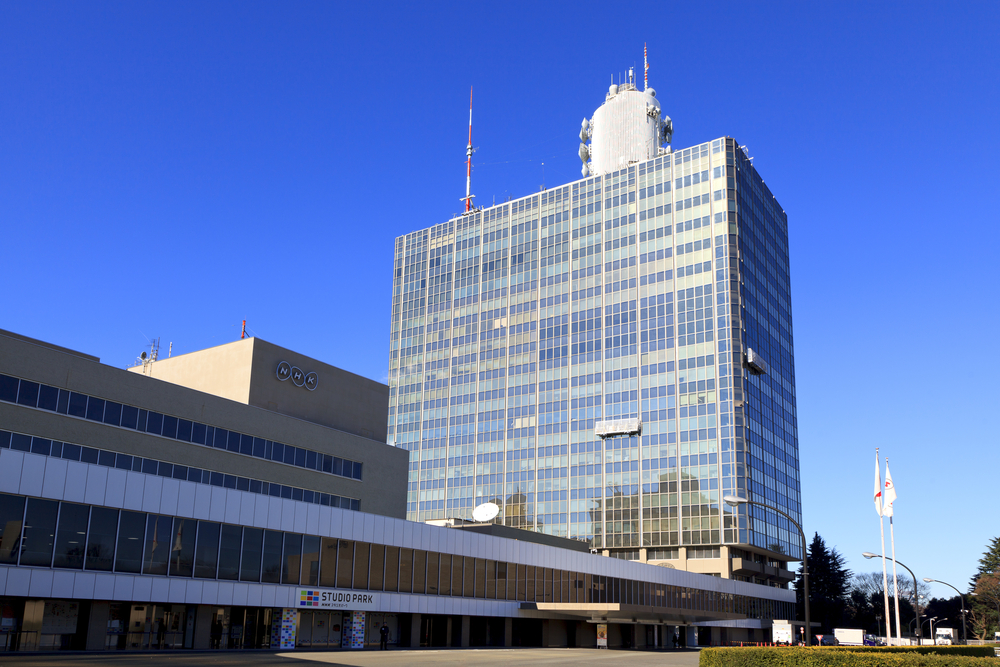
They boast of diverse, high-quality program broadcasts from their main studios in Harajuku.
Tokyo hasn’t neglected print media either, and the city produces several newspapers with the world’s widest circulation.
Some include Asahi Shinbun, Yomiuri Shimbun, the Japan Times, and the Mainichi Daily News.
All the above keep most of the population informed and boost the city’s gross domestic product.
Games and Sports Center
Tokyoites play, too, as evidenced by several sports centers, including the country’s first indoor stadium at Korakuen.
Also known as the Tokyo Dome, the stadium has a capacity of 56,000. If you didn’t know, Tokyo hosted the last Olympic games in 2020.
Ryogoku Kokugikan is the home of sumo, Japan’s traditional wrestling sport, where huge guys wrestle inside a five-meter ring.
Half a dozen sumo tournaments are held every month, and national televisions broadcast them.
However, baseball is more popular than the wrestling or sumo sport, having set foot in the country in the 1870s.
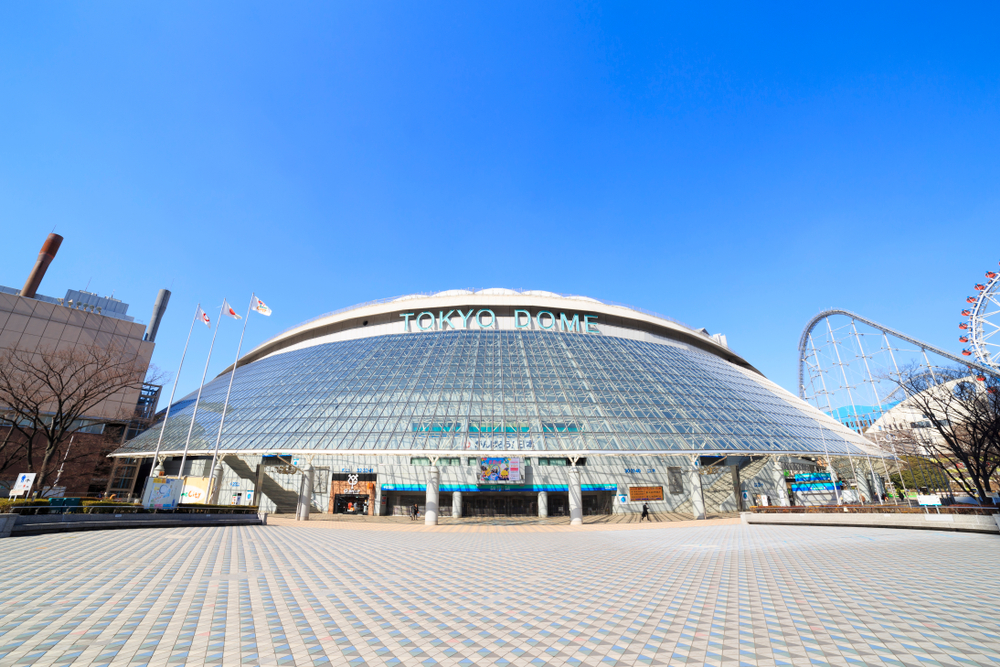
The locals call it yakyu or field ball, a term coined during the second world war. Tokyo city has six teams, mostly sponsored by large corporations.
The Nippon Ham Fighters and Tokyo Giants teams are the most popular.
Unlike the ordinary citizens, the affluent have a special taste for golf, with those with club memberships having to travel for two hours to access golf courses outside the city.
Games and sports have opportunities for economic exploitation earning the city some decent income.
Are There Tours Available in Tokyo City?
There are a couple of tours in Tokyo most of them focused on history, culture, religion, and sightseeing.
The place has very beautiful parks where tourists and locals alike visit yearly to watch nature and have fun.
In fact, over 2471 acres or 1000 hectares are covered with impressive gardens and parks, some dating hundreds of years back.
The locals gather in these areas to prepare for traditional seasonal activities, for example, cherry blossom viewing, locally referred to as hanami.
Some of these activities are more of outdoor picnics beneath flowery shrubs, often accompanied by drinking sprees.
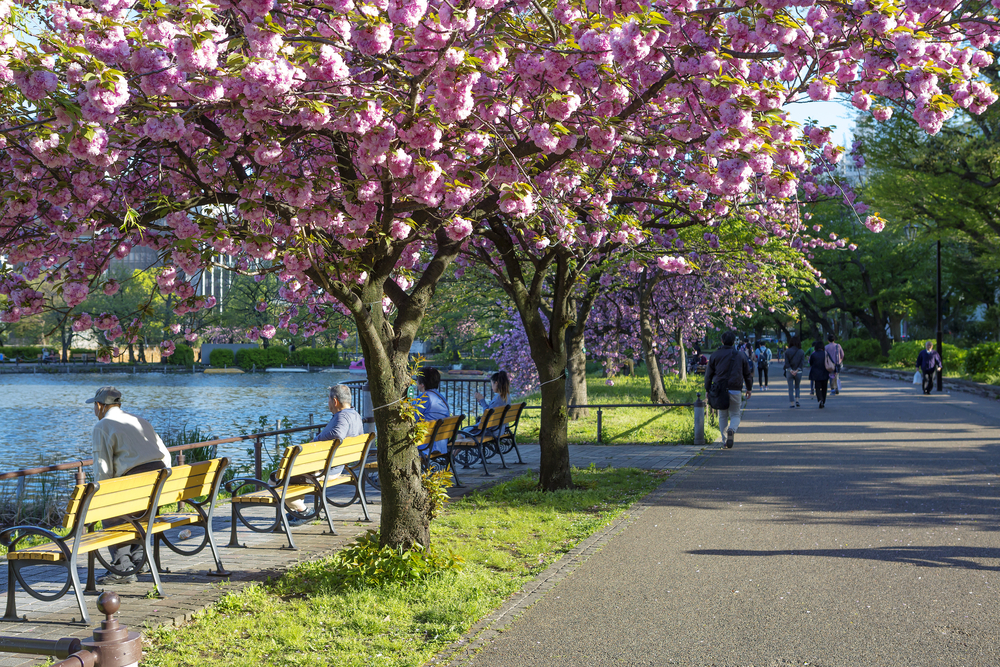
For instance, Ueno Park, alongside the Sumida embankment, has been and still is a very popular hanami spot since the old kingdom era when Tokyo was known as Edo.
This is the largest green space in Tokyo and a top tourist destination. Visitors can go boat riding in Shinobazu Pond or animal watching in the zoo with over 400 animal species.
Another good park with a beautiful pond and a large green space is Inokashira Park.
Many parks are part of or next to historical places such as temples and shrines. For instance, the Meiji Shrine, located deep in forested areas, hosts a popular iris garden.
Other shrines with temples include Kameido Shrine (wisteria), Nishiarai Daishi Temple (peonies), and Nezu Shrine (azaleas).
Other tours in Tokyo include:
Context Tour’s Otaku in Geek to Chic for pop culture enthusiasts
- Walk Japan Tokyo Tour takes tourists through important Japanese history and cultural centers.
- Guided night tours to Harajuku and Shibuya.
- Haunted Tokyo tours are also popular and take tourists through cemeteries, underground haunted residences, haunted hills, and tunnels.
What Is the Widest Part of Tokyo City?
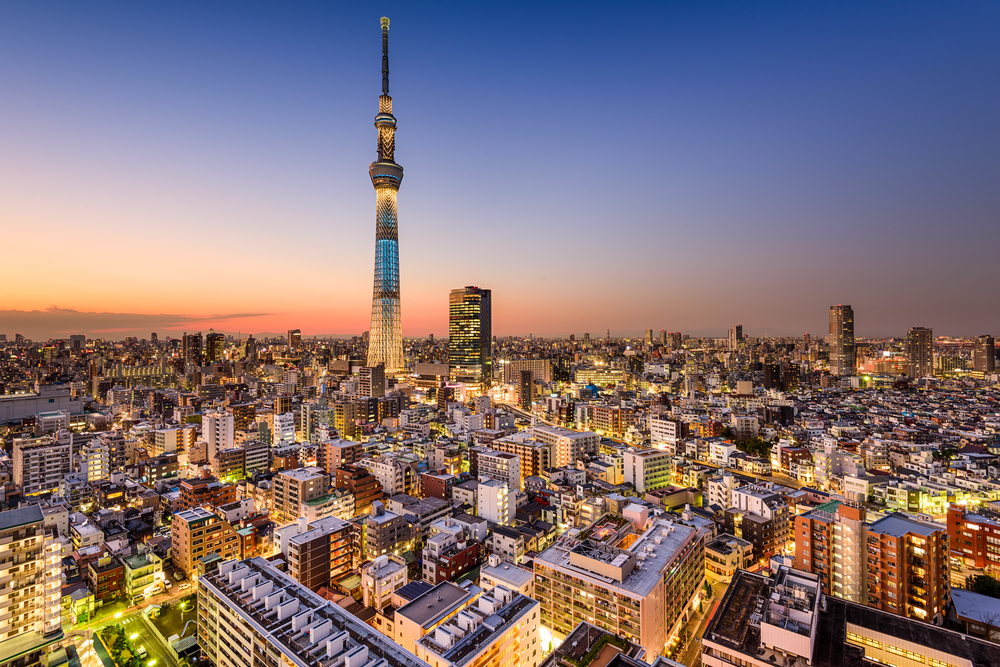
Tokyo is a huge city with a population approaching 13 million people. The Tokyo Metropolis is situated on Honshu Island.
The island runs from north to south for about 100 kilometers or about 80% of the length of the metropolitan area.
There are 231 kilometers of linear distance from east to west, or from Tokyo Bay in the east to Mt. Takao in the west – and that’s not even counting Mt. Takao.
Another 109 kilometers of distance from north to south, from the Shimo-Itabashi district in the north to Tateyama in the south, make a combined 341 kilometers.


